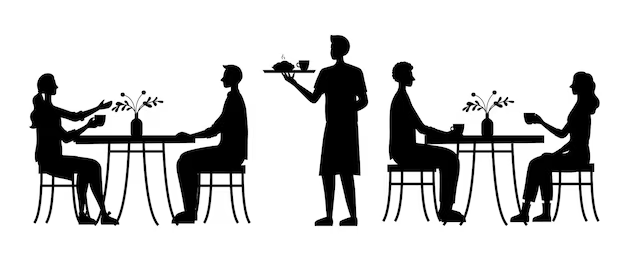
By: Shane Marks
The year 2021 brought many hardships to a lot of people. It was the second year of the coronavirus pandemic, and many of us were tiredly trying to regain some form of normalcy in our lives.
For eleven-year-old Saskeya Tobin, of 20 Eccles Public Road, East Bank Demerara, 2021 has been the year she began fighting for her life, as she was diagnosed with cancer at the beginning of that already tragic year.
After falling severely ill for the last three months of 2020, Saskeya was rushed to the Georgetown Public Hospital (GPHC) by her grandmother Dolores Hudson, and they waited for Saskeya to receive medical attention, but she never got it.
The quick-thinking Dolores then took Saskeya to a private institution, where she underwent several medical tests to determine the cause of her ‘miraculous’ fever.
Shortly after, the doctors issued Dolores with a letter to have Saskeya immediately transferred to the GPHC, and it was there that she was diagnosed with Acute Myeloid Leukemia (AML), a cancer of the bone, on January 28th, 2021.
Little Saskeya cried profusely at the announcement, remembering the incident as the hardest day of her young life. Her young mind knew nothing about her diagnosis, but, somehow, maybe in her grandmother’s eyes, she saw the road that was laid before her, and it was a frightening one.
Saskeya’s life made a complete 180-degree turn in a matter of seconds. Her lifestyle now had to undergo change to accommodate her condition, which quickly dominated her existence. At just eleven, Saskeya was forced to stay home from school, or, for that matter, any place where a large number of people would gather.
Her grandmother told this publication that Saskeya is unable to go to school, because of doctors’ orders. This is because Saskeya’s immune system, which has been weakened by her cancer, is not strong enough to fight off the germs she would inevitably pick up from the school environment.
Cancer’s brutal attack on Saskeya’s education and social life has left the little girl out of school and with no company her age to whom she could relate. During the time she should be in school, Saskeya sneaks out of home and hightails across the street where her school is, and would stakeout all day.
The little girl explained that it is hard having to live with her disease at such a young age; so many things have been taken away from her.
However, Saskeya is a fighter. According to her grandmother, Saskeya has been fighting all of her life for a place in this world, and she’s not ready to give that up. Her fight began when she was just six months old and her mother abandoned her, left her on the doorsteps of her grandmother’s house and never returned. Now Saskeya refers to Dolores as “mommy,” and Dolores calls her “daughter.”
When Dolores got news of Saskeya’s condition, she was left in disbelief, refusing to accept the reality that her beloved granddaughter was diagnosed with cancer, which sometimes is akin to receiving a death sentence.
AML is an uncommon type of cancer, only comprising about 1% of cancers. The 5-year overall survival rate for AML is 29.5 percent, according to the National Cancer Institute (NCI), which means that only 29.5 percent of persons diagnosed with AML live five years after their diagnosis.
In 2021, there have been 20,240 confirmed cases of AML, with 11,400 deaths, which adds to Dolores’s concern for her little granddaughter.
AML is a type of acute leukemia. “Acute” means that the leukemia usually gets worse quickly if it’s not treated. In AML, the bone marrow makes abnormal myeloblasts (a type of white blood cell), red blood cells, or platelets. When the abnormal cells crowd out the healthy cells, it can lead to infection, anemia, and easy bleeding. The abnormal cells can also spread outside the blood to other parts of the body.
According to National Health Service (NHS), acute myeloid leukemia is caused by a DNA mutation in the stem cells in one’s bone marrow, which produces red blood cells, platelets, and infection-fighting white blood cells. The mutation causes the stem cells to produce many more white blood cells than are needed. The white blood cells produced are still immature, so they do not have the infection-fighting properties of fully developed white blood cells. As the number of immature cells increases, the amount of healthy red blood cells and platelets decreases, and it’s this fall that causes many of the symptoms of leukemia.
Like all types of cancer, chemotherapy is greatly used among cancer patients to decrease the risk of fatality, but Saskeya’s treatment for her cancer is a steroid medication called Prednisolone, which is being well received by her body.
Since going on the medication, Saskeya has regained the weight she had lost when cancer first impacted her. Before the introduction of her medication, she never ate, always claiming that she wasn’t hungry. Now, with the medication, she consumes three meals a day, sometimes even four, something for which she’s highly grateful.
As little Saskeya battles a disease no child should ever have to battle in their life, our aching hearts go out to her and her grandmother.























